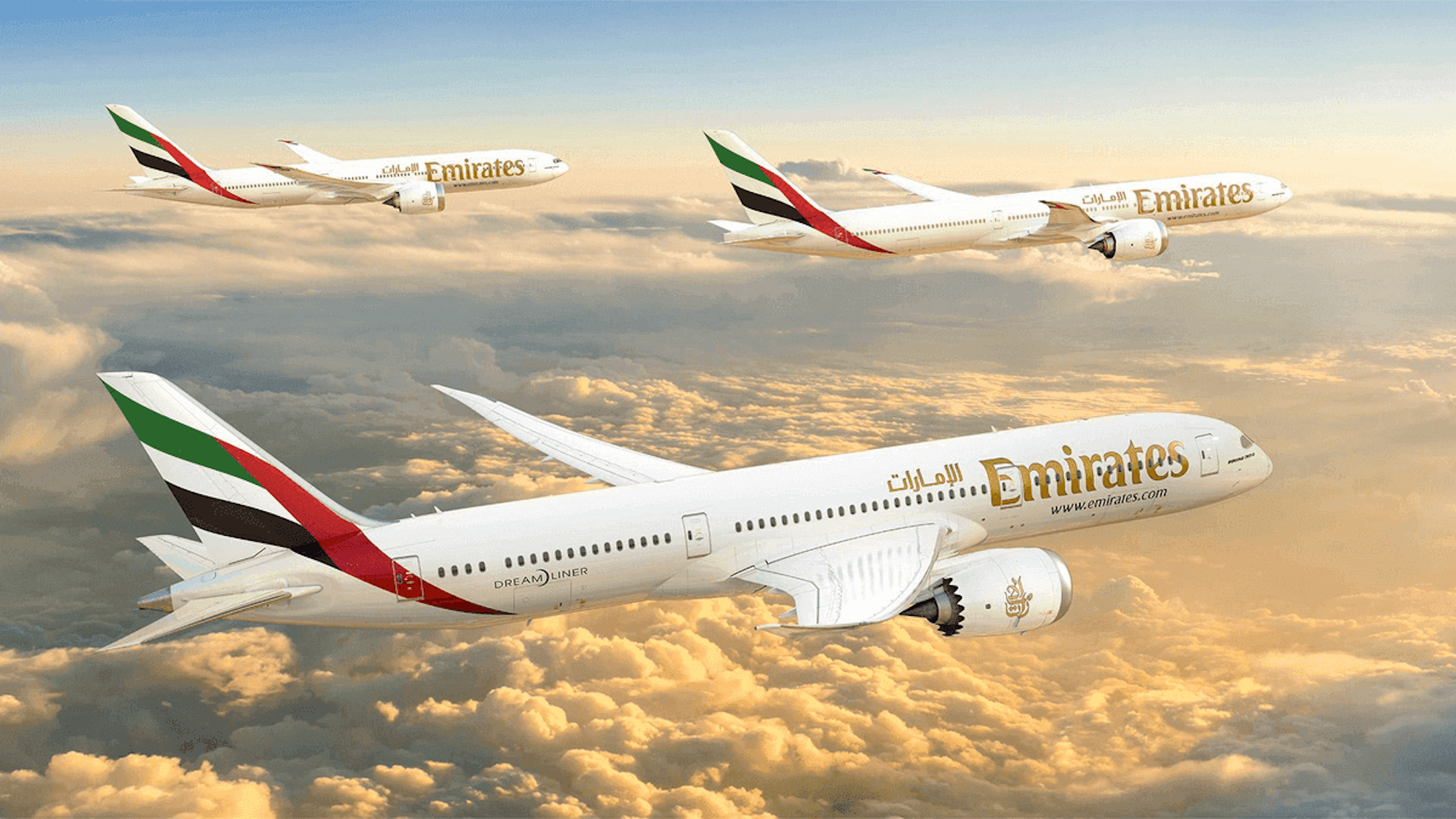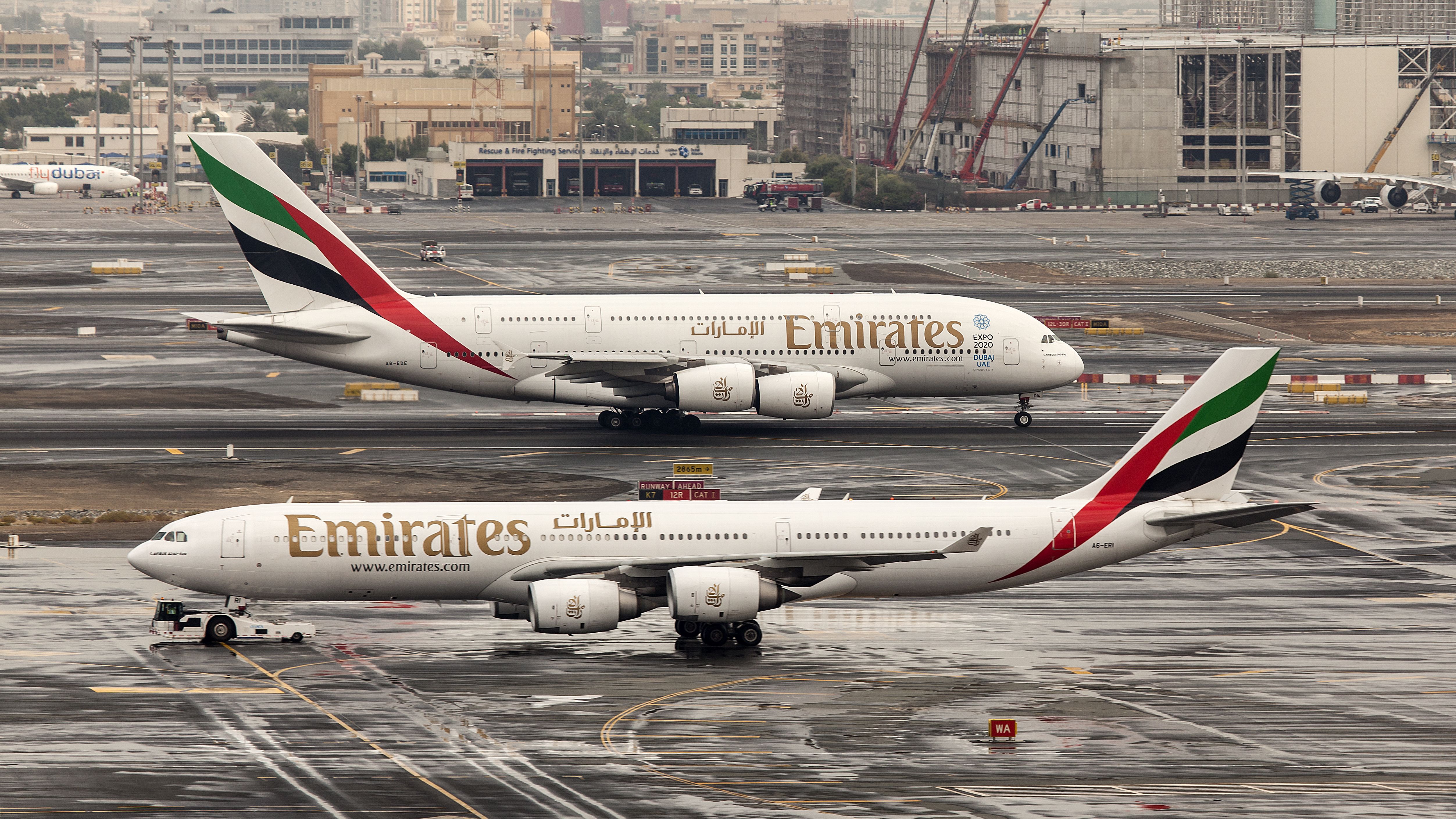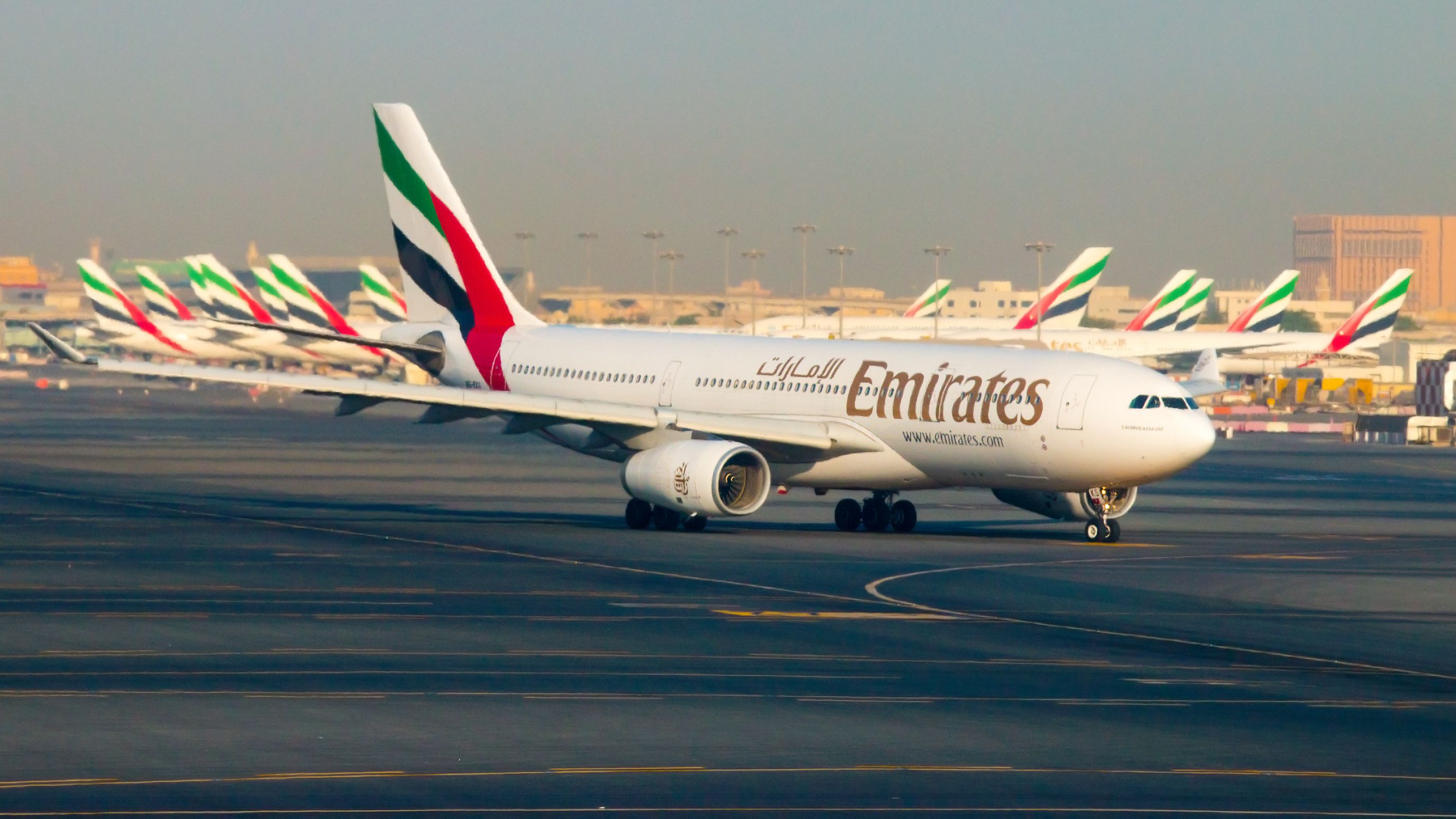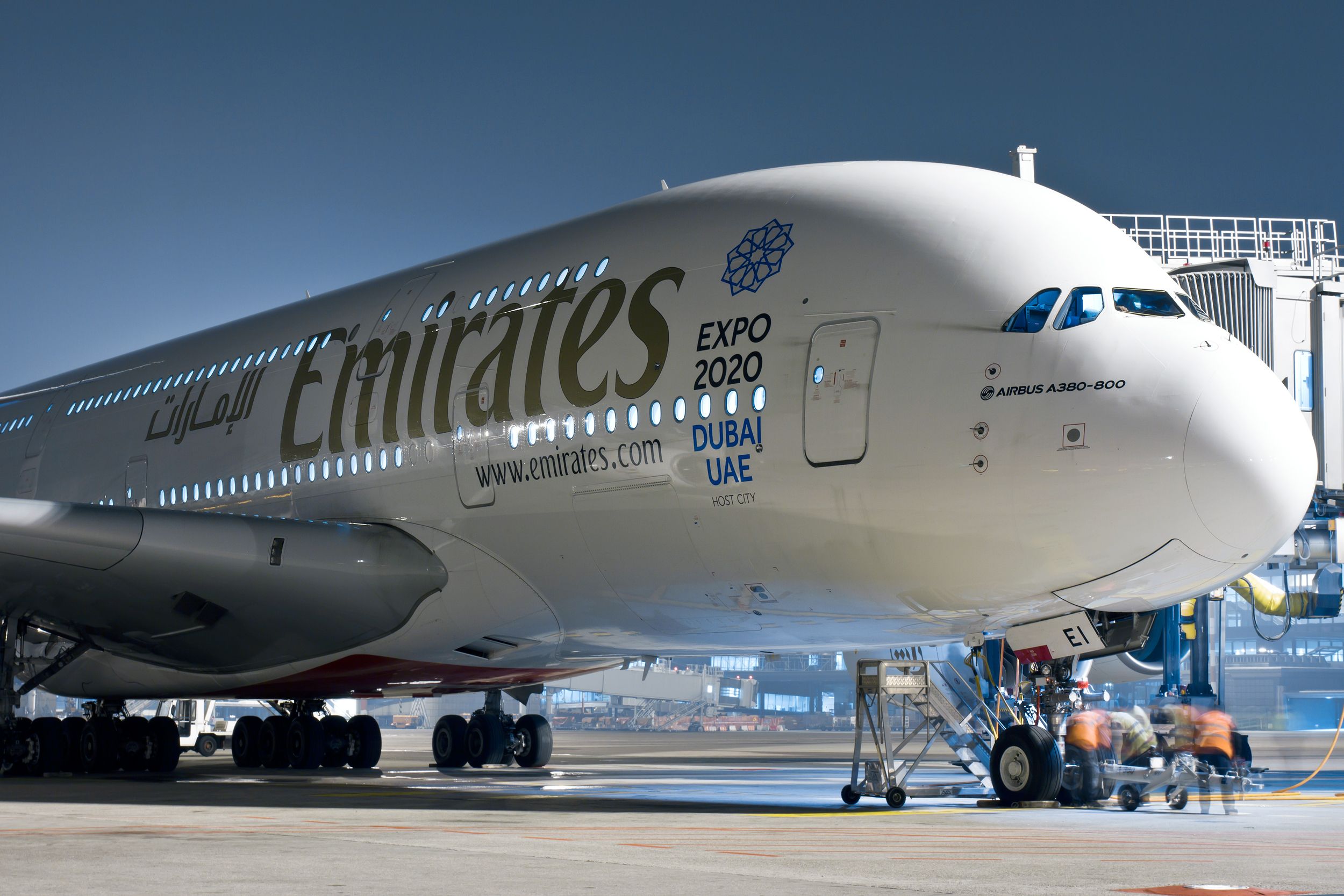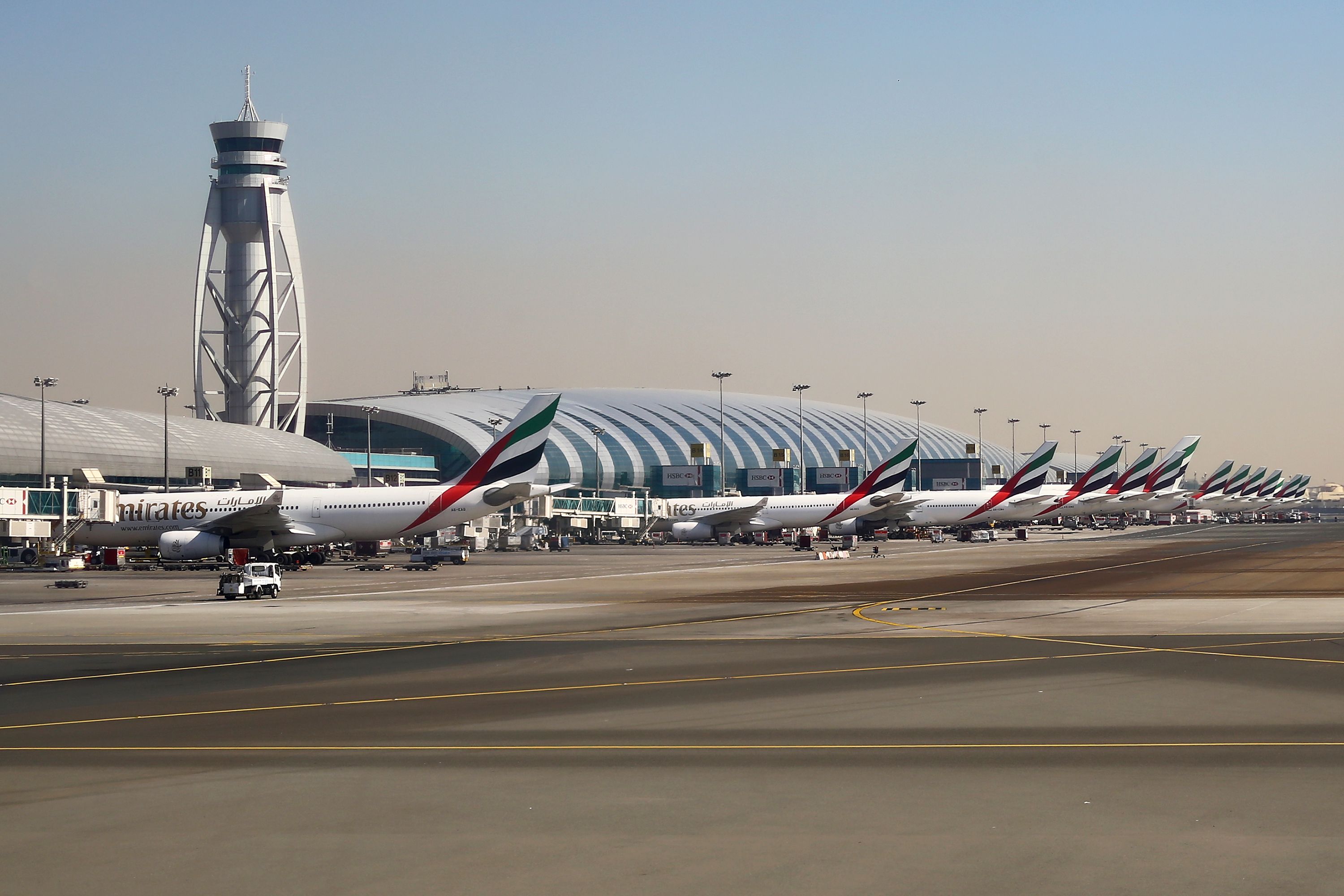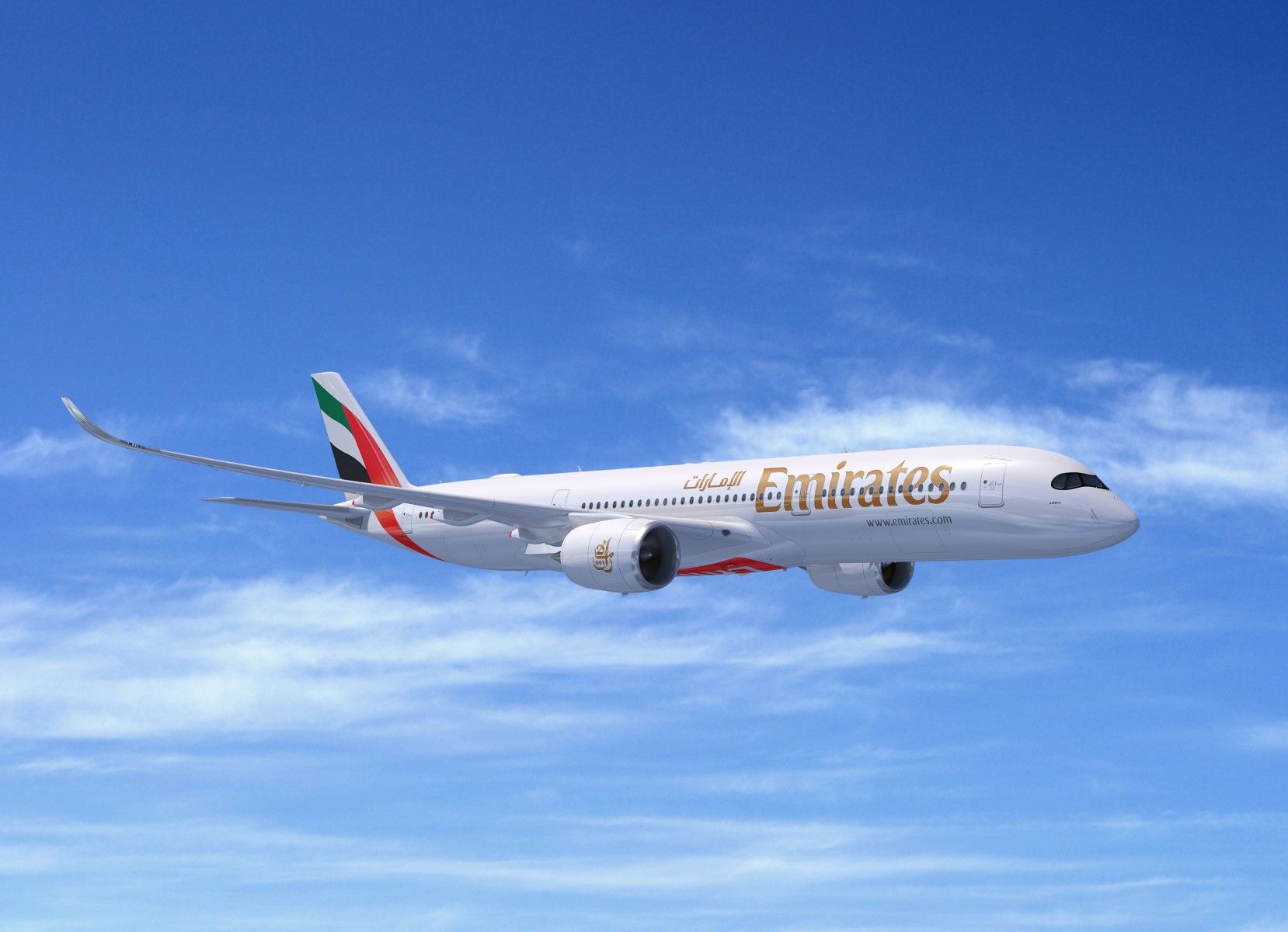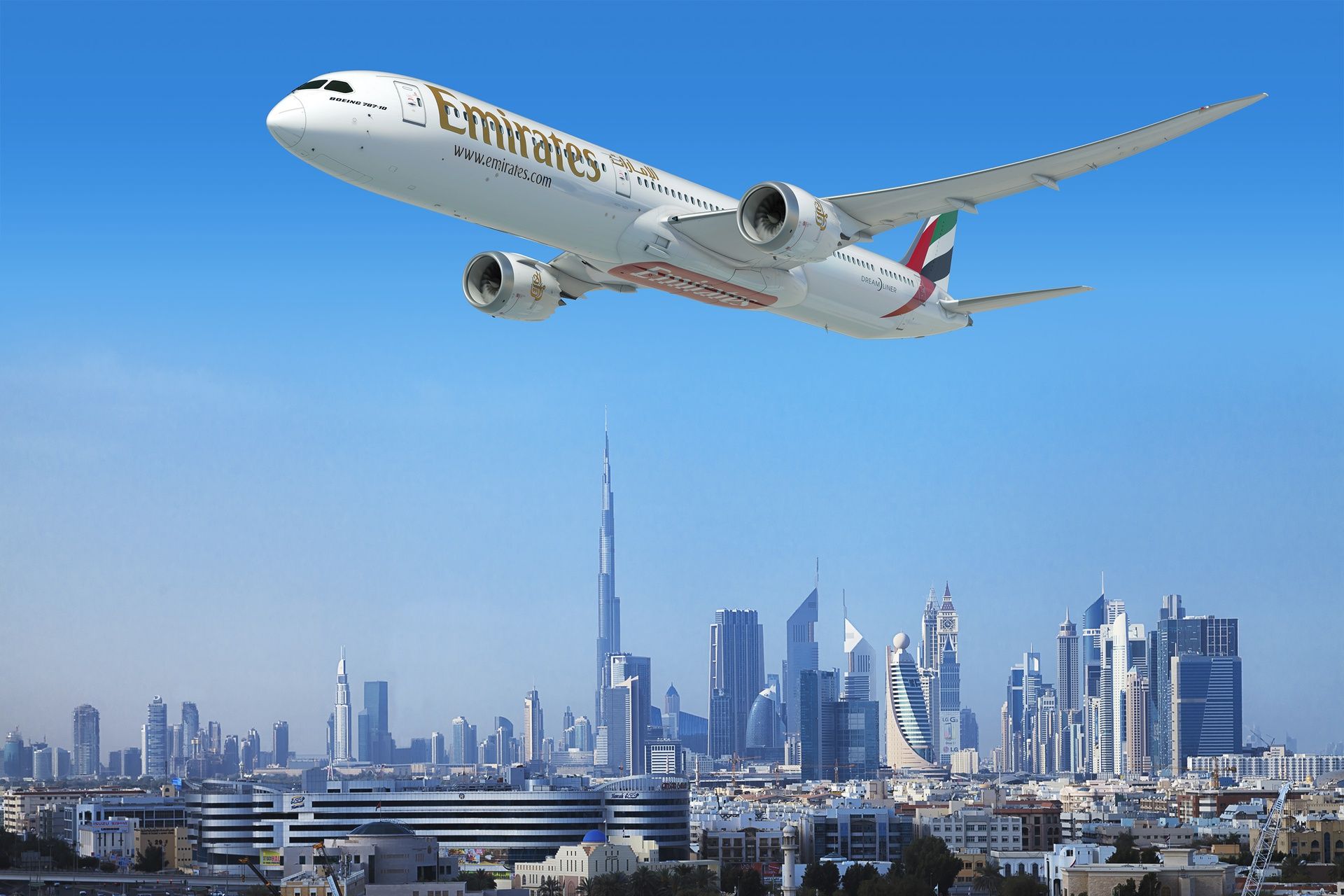Summary
- Emirates has had a relatively simple fleet consisting of Airbus A380s and Boeing 777s, but this will change as they introduce new aircraft types like the Airbus A350 and Boeing 787.
- The airline’s fleet used to be more diverse, with multiple aircraft types, including Airbus A330s and A340s, but these have been phased out over the years.
- Emirates has a significant number of new aircraft on order, including 50 Airbus A350-900s, 115 Boeing 777Xs, and 30 Boeing 787-9s, which will add complexity to their fleet composition.
The Emirates fleet is a bit of a peculiarity in the commercial aviation industry. Not only is it the only airline of its size operating an all-widebody fleet, but close to half of the 263 commercial passenger aircraft are Airbus A380s.
The Middle Eastern carrier has had this two-type fleet for several years now, ever since it retired its Airbus A330s and A340s in 2016. However, this relatively simple composition will soon change as the carrier takes delivery of additional types – namely, the Airbus A350 and the Boeing 787. So, with all of this in mind, what will the carrier’s collection of aircraft look like in a few years?
This fleet analysis excludes Emirates’ special charter Airbus A319, as well as the Emirates SkyCargo fleet.
A more diverse fleet in the past
Emirates’ passenger aircraft fleet is relatively simple now, but it wasn’t always like this. If we look back at the airline’s history, the carrier in 2010 would have had nearly 30 Airbus A330-200s, eight A340-300s, and 10 A340-500s. The airline would have also had dozens of Boeing 777s, including the -200LR and -300ER variants.
Over 10 years ago, Emirates would have also been in the relatively early stages of accepting Airbus A380s. By November 2010, the carrier had taken delivery of “just” 15 superjumbos. Thus, the airline’s fleet in 2010 would have comprised four different aircraft types with six variants in total.
Photo: Mehdi Photos | shutterstock.com
While it might feel like just yesterday for some, a lot has changed since 2010. Planespotters.net data indicates that Emirates began to remove A330-200 airframes from the fleet as early as December 2010.
A handful would be removed in 2011, 2012, and 2013, but most would exit Emirates in 2015 and 2016. Regarding the A340, these quadjets were removed between 2013 and 2016. All of this ‘lost’ capacity would be balanced with the arrival of more and more A380s.
Photo: Kletr | shutterstock.com
Now, a two-type fleet
With the A330 and A340 now gone, Emirates has just three variants across two types. Flying alongside the 119 Airbus A380s, the Boeing 777 variants operated by the airline include the -200LR and -300ER. While some of these aircraft are parked or undergoing maintenance, the Emirates passenger fleet (excluding its special A319) consists of about 252 aircraft.
Emirates has enjoyed this relatively simple fleet for the past seven or so years. Its strategy has primarily been to provide long-haul services with a single transfer at its hub at Dubai International Airport.
Obviously, the airline places the A380 on routes with higher demand, while other destinations with lower traffic are more likely to see Emirates’ lowest-capacity jet, the 777-200LR. This proved challenging to sustain during the pandemic, with the airline parking all of its A380s at one point. But with air travel roaring back – particularly since 2022 – the airline is doing fairly well in providing enough seats to meet demand.
Photo: Davide Calabresi | Shutterstock.
The pandemic aside, this simple fleet structure has worked well for the airline overall – and it would probably continue with this composition if an updated A380 were available. Sadly, Airbus had to end the program, and this has opened the door to other aircraft types.
Back to the future
New aircraft types are on Emirates’ horizon. This will re-introduce levels of diversity and fleet complexity not seen by the airline since the mid-2010s.
So, what’s on Emirates’ order book at the moment? Well, in terms of future passenger aircraft, data from ch-aviation.com states that the carrier has the following aircraft on its order books:
- 50 Airbus A350-900
- 115 Boeing 777X
- 30 787-9
The 777Xs are a mix of -8s and -9s, although ch-aviation.com only lists the -9. Analysis of Boeing’s June order book revealed that Emirates had substituted 16 777-8s for the 777-9 instead. As we noted at the time, neither Boeing nor Emirates addressed nor confirmed these changes. However, if the data is accurate, then the Emirates order would consist of 19 777-8s and 96 777-9s. At present, Boeing’s’ Orders and Deliveries’ module on its website makes no distinction between the -8 and -9.
Photo: Yatrik Sheth | shutterstock
The saying that “change is the only constant in life” could definitely apply to the aviation industry and aircraft development and deliveries. Indeed, Emirates’ current orders have been significantly adjusted from the original announcements, and timelines have been delayed by several years.
Indeed, the airline originally ordered 40 Boeing 787 Dreamliners at the 2017 Dubai Airshow. As per the carrier’s official statement at the time, this order was supposed to entirely consist of the 787-10 variant. Changes have been made to future Airbus deliveries as well. In February 2019, the carrier announced a deal for 40 A330-900s and 30 A350-900s. The A330neos have since vanished from the order books while the number of A350s has increased.
Photo: Emirates
In terms of changing timelines, the airline’s A330neo and A350 order from 2019 was to be “delivered to Emirates starting from 2021 and 2024 respectively.” When Emirates adjusted its Airbus order later that year, it said that the “delivery of the first Emirates A350 XWB is expected in May 2023, and will continue until 2028.”On the Boeing side, the 787 deliveries were to commence in May 2023, “continuing for the next five years.”
The latest timeline
Amid all these changes, where do new aircraft timelines currently sit? Here’s what we know so far:
- Airbus A350-900s: An Emirates statement in January 2022 regarding an onboard broadband deal noted that the A350 is scheduled to enter service sometime in 2024. Months later, a Reuters report specified that the first delivery would come in August 2024, “more than a year later than initially announced.””
- Boeing 787-9s: As per One Mile At A Time, the official timeline for the 787s sees the first airframe arriving in 2024. However, Emirates President Tim Clark says that he doesn’t anticipate the planes to be delivered until 2025.
- Boeing 777-9s: When it comes to the drawn-out saga that has been the 777X’s entry-into-service, Aviator reported that the Emirates president anticipates the first of these jets to arrive in the last quarter of 2025.
Photo: Emirates
Thus, if all goes according to (the current) plan, then Emirates should be operating two additional aircraft types within the next few years. This would bring the total type-count to four. The number of variants will increase to six and include the following:
- Airbus A350-900
- Airbus A380
- Boeing 787-9
- Boeing 777-200LR
- Boeing 777-300ER
- Boeing 777-9
This aircraft diversity should actually remain through to the 2030s. That’s because Emirates has confirmed that it will operate its 777-200LRs into the 2030s and its A380s (possibly) into the 2040s. The airline’s youngest 777-300ERs were delivered in 2018, leaving many more years for this variant to serve passengers. The timeline for the 777-8 remains up in the air, as Boeing is set to focus on getting the 777X freighter to market after it wraps up certification of the 777-9.
So, what do you think of Emirates’ future fleet? Are you sad that it will lose its current simplicity – or happy about the increase in diversity? Let us know by leaving a comment!
Sources: Planespotters.net, ch-aviation.com, Reuters, Aviator Middle East, One Mile At A Time

